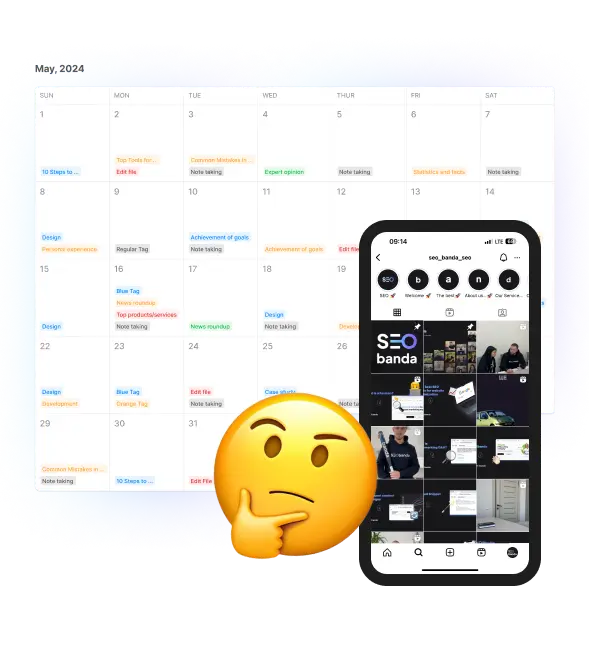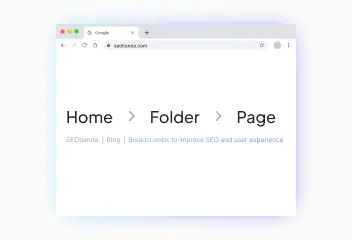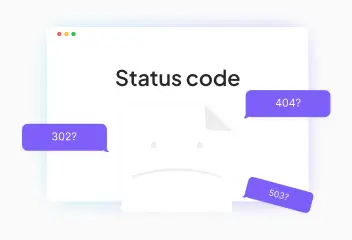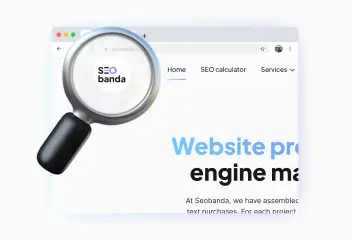How to create a content plan: organize, publish, thrive
Anyone who has started a blog or social media account, or tried to promote their business online, has faced the challenge of publishing content. After all, from the very beginning, questions arise: what content to post, how often, where to publish it to attract attention. Today, we’re going to dot the i’s and cross the t’s.



What is a content plan and why is it important?
A content plan is a structured and organized publication of various types of content on a website or social media. You can keep it yourself in excel sheets, notebooks, or special programs that help you organize the process and not forget about important points. After all, we are all people who may not even remember their birthdays when they are busy with other things.
Just imagine that you have started blogging on a website, you have the inspiration and strength to write exciting texts and choose the right pictures. And so on for 1-2 months. However, then your circumstances may change: the muse turns away from you, or more urgent issues or problems in your personal life arise. As a result, you forget about the publication, but your audience notices everything and goes to competitors who give them the necessary information.
That’s why having a high-quality and structured content plan helps you to effectively promote your website through organized posting.


Define goals and audience

In a world of competition for the user’s attention, it’s not enough to just develop scheduled posts. Now you need to know which audience to attract and how to keep their attention.
When developing a content plan for your business, it’s important to start by setting clear goals. Ask yourself:
- What are you trying to achieve with the content?
- What actions do you want to encourage your audience to take?
- How can you use content to increase sales and improve customer experience?
Maybe your goal is to drive more organic traffic from search engines by providing useful and relevant content. Or maybe you want to create content that encourages visitors to make purchases, subscribe to your newsletter, or share your posts on social media.
Most leading marketers and SMM specialists recommend the following formula: 20% commercial or promotional posts, 50% informative and 30% entertainment content. Of course, you can choose a different ratio for yourself and find a personal balance of posts that suits your customers.
So, the next step is to understand your target audience, because it’s for them that you create unique content. You need to know and understand their popular requests and the pain that users come to you with. And especially how you can address these needs and provide relevant answers. You can learn more about this in the article “Target Audience”.

Increase visibility
for your business: SEO solution for growth!


Researching and generating ideas for content
Probably one of the most difficult stages of developing a content plan is generating ideas. Coming up with something interesting and original on a regular basis is not an easy task even for experienced professionals. You need to keep your audience on their toes and provide them with the information they need. But where do you get ideas?
- Interesting ideas don’t come from an empty head, you need to find information relevant to your goal somewhere. And the first place you look is at your competitors in your niche or in another industry altogether. It is from them that you can spy original and unusual approaches to audience engagement. Your concept of future publications and the generation of content ideas are based on this research.
- No matter how it may sound now, your audience is a valuable resource for finding ideas. Communicating with your users through polls, forums, and comments helps you, first, understand them better. Secondly, it helps you find the content topics that your audience wants to see on your blog.
- With the development of technology, AI has emerged as a useful source of idea generation. The main thing to remember is that overuse can lead to bad consequences, such as search engine sanctions.
- Last but not least, brainstorming with your team is an important method of generating ideas. When you already have experience in a certain field and you have a good eye for detail, you can generate concepts for future content on your own. Or hold meetings with colleagues to find inspiration.


Choosing content types and distribution channels

People better perceive different types of content and, accordingly, interact more with the site, which positively affects your brand’s reputation. That’s why you need to think about what type of content resonates more with your audience and how you can diversify the presentation of information on your resource. And most importantly, what type of content to post on which platform.


Blogs and long-form text formats
The most standard type of content, but no less effective, is the text format. Blog posts, articles, guides, case studies, interviews, reviews are all powerful tools for engaging your audience, providing valuable information, and revealing your brand’s expertise.
Long-form text formats allow you to cover a topic in depth and comprehensively, provide details and nuances. They are ideal for educational and informational content that helps solve problems and answer questions from your audience. The main thing to remember about the uniqueness and relevance of the information, but on this a little further.
Infographics and visual content
Infographics and other types of visual content are an integral part of an effective content plan, because few people want to read a large canvas of text. Visual content has a powerful impact on the audience. Studies show that people remember 80% of what they see, compared to 20% of what they read. In addition, posts with images receive 94% more views on social networks than posts without them.
But visual content isn’t just about infographics. It is also:
- Photos and illustrations
- Graphs, diagrams and diagrams
- Screenshots and mockups
- Memes and gifs
- Video and animation
Each of these formats can effectively complement your text content, make it more attractive and encourage distribution. They also help make your brand more memorable and recognizable.
Content plan for different platforms
When creating a content plan, it’s important to understand the features and requirements of each platform where you plan to publish your content. Each platform has its own specifics and audience, so your content should be adapted accordingly.
- For a blog on your website, a text format with images is best suited. Here you can publish long, informative articles that reveal the expertise of your business. Images will help structure the text, make it more attractive, and keep the reader’s attention.
- On Instagram, on the other hand, the main focus should be on visual content – high-quality photos, infographics, and videos. Text plays a supporting role here, complementing and revealing the context of the image.
- For video content platforms like YouTube and TikTok, the key element is the video itself. Here, text in the form of subtitles, descriptions, and tags helps to optimize the video for search and provide viewers with additional information.

Increase visibility
for your business: SEO solution for growth!


Content optimization for SEO
A content plan is primarily created to promote your business, and for this, you need to understand the basics of SEO. Although you create content for your audience, it should be optimized for search engines. Carefully selected keywords, meta tags, and high-quality content will help your website rank higher in search results and drive more potential customers.
When creating text content, keep in mind:
- Relevance and benefit to your audience.
- Clear structure and presentation of information.
- Uniqueness and expertise of the material.
- Calls to action and reader engagement.
When creating visual content, pay attention to:
- Relevance to the textual material.
- Prescribed alt text.
- Image quality and small file size.


Creating a publishing calendar and must-have tools

Once you’ve decided on the goals, formats, and platforms for your content, it’s time to create a publishing calendar. This is a key tool for organizing and planning your content for weeks and months ahead.
Your content plan should be clear:
- Dates and times of posts for each platform
- Topics and titles of posts
- Content format (text, images, video)
- Responsible person for creating and publishing
- Status of each post (planned, in progress, finished, published)
- Key performance indicators (KPIs) for each post
When planning your content, remember that your content should bring value to your audience, not just promote your product. You should also consider seasonality, important dates for your industry, and potential partnerships or collaborations.
To effectively create and manage the publication calendar, use special tools. Some of the most popular:
- Google Sheets is a simple and free table for planning and tracking content.
- Trello is a flexible project management system that can be adapted to your content plan.
- Asana is a powerful tool for collaborating on content in a team.
- CoSchedule is a specialized platform for planning and publishing content with social media integrations.
- Airtable is a hybrid of a table and a database with process automation capabilities.
Whichever tool you choose, the main thing is to regularly update and track the progress of your content plan. Be prepared to adapt and make changes based on the results and feedback from the audience.


Conclusions
An organized and strategic approach to content creation will save you time, resources, and help you achieve your business goals. Plan, publish, and thrive with a structured content plan.
You may also like it

Breadcrumbs to improve SEO and user experience
Breadcrumbs are a navigation element on a web page that helps users understand their location on the site and makes it easier to return to previous sections. They...

HTTP status codes: What do they mean and why are they important for SEO?
HTTP status codes are short three-digit responses that a website server provides to a client's browser in response to a request. Each http response code has its own...

Logo for the website: How to create a cool logo?
A logo is the visual face of your brand. It creates the first impression of your business and influences its recognition. Try to think of the logos of Nova Poshta...












